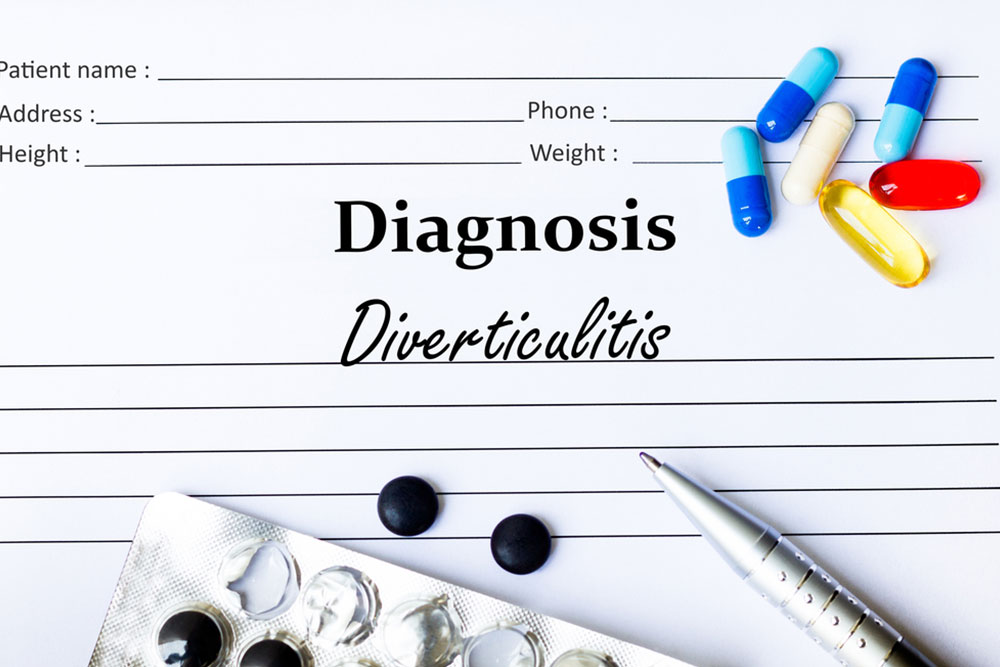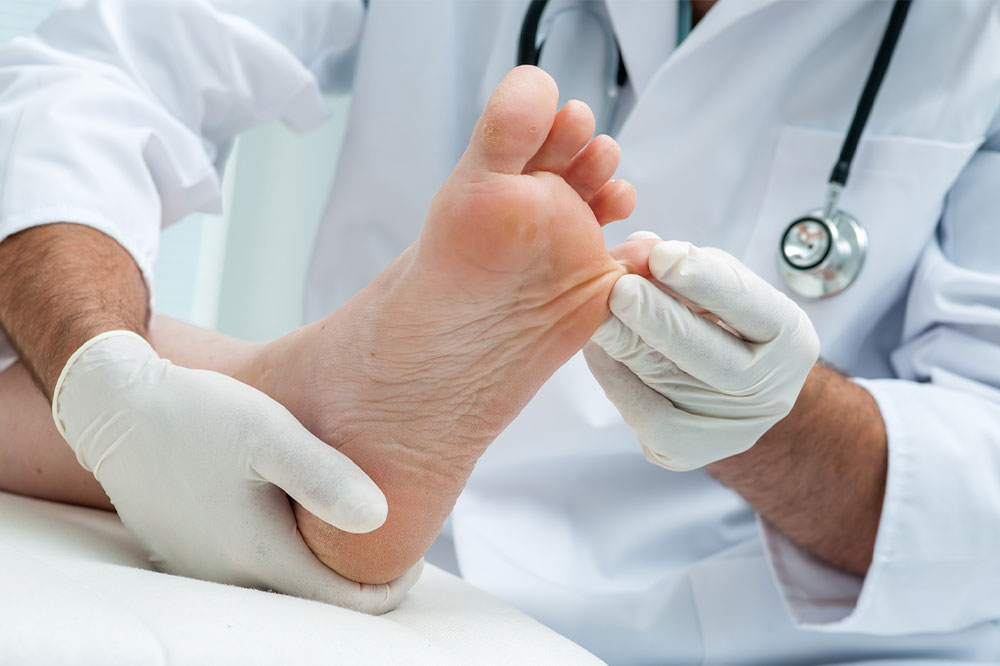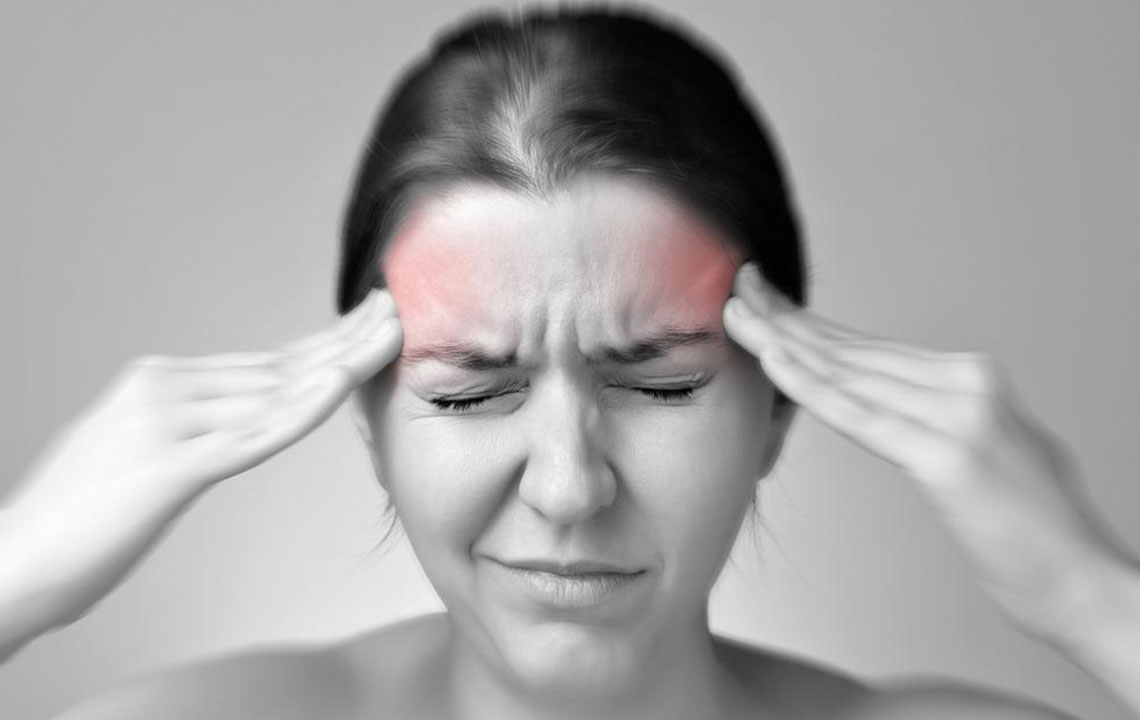Identifying Signs and Symptoms of Diverticulitis
Learn to identify the key symptoms of diverticulitis, including lower abdominal pain, changes in bowel habits, and fever. Understand its causes, diagnosis methods like CT scans and colonoscopy, and treatment options ranging from medication to lifestyle changes. Early recognition and proper medical care are essential to prevent complications and ensure effective recovery.

Recognizing the Indicators of Diverticulitis
Diverticulitis is a condition where small pouches called diverticula, which form along the inner wall of the large intestine or colon, become infected or inflamed. When these pouches first appear, the condition is known as diverticulosis; however, once they become inflamed, it is classified as diverticulitis.
What leads to it? It is most common among older adults. Although the exact cause remains uncertain, a diet low in fiber is believed to contribute significantly to the formation of diverticula. Insufficient fiber results in harder stools, requiring more pressure in the colon to move waste, which can lead to pouch formation. Consuming a high-fiber diet along with adequate hydration can help prevent diverticulitis by softening stool and reducing colon pressure.
Symptoms of diverticulitis often include persistent pain in the lower left abdomen, beginning below the navel and extending to the lower side. The pain may intensify over time, especially after eating or passing stool, which might offer some relief. Common signs include:
Altered bowel habits such as constipation or diarrhea
Bloating and excessive gas
Reduced appetite
Nausea and occasional vomiting
Fever above 38°C (100.4°F) accompanied by chills
Cramps
Rectal bleeding, often reddish or purple, can also occur, usually mild and self-limiting, but severe cases are possible. If left untreated, diverticulitis may lead to serious complications such as worsening pain, persistent fever, vomiting, constipation, abdominal distension, burning during urination, or rectal bleeding. Immediate medical attention is advised when experiencing intense lower-left abdominal pain or rectal bleeding, as these could indicate severe issues.
Weight loss is generally not associated with diverticulitis, but any significant change in bowel movements, rectal bleeding, or persistent symptoms warrants consultation with a healthcare provider.
How is diverticulitis diagnosed? Physicians evaluate symptoms and conduct physical examinations, including digital rectal exams to check for bleeding or pain. Blood tests may reveal elevated white blood cell counts, indicating infection. Imaging studies like CT scans help visualize infected diverticula. Additionally, colonoscopy or sigmoidoscopy can provide direct views of the colon’s interior, aiding in diagnosis. These procedures are typically performed with sedation and are relatively straightforward.
Treatment options for diverticulitis Depending on the severity, treatment may involve home care or hospitalization. Mild cases often resolve with bed rest, a liquid diet initially, and antibiotics prescribed by a physician. Gradually reintroducing solid foods under medical supervision is recommended. Full recovery can take weeks or months, especially with dietary and lifestyle modifications to prevent recurrence.










